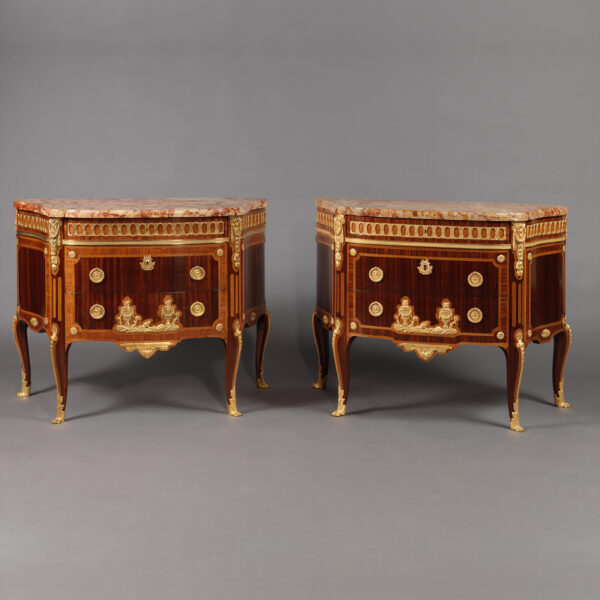Maison Beurdeley
An Exhibition Gilt-Bronze Mounted Marquetry Cabinet on Stand
POA
A Gilt-Bronze Mounted Marquetry Cabinet on Stand By Emmanuel-Alfred (dit Alfred II) Beurdeley Of elliptical shape, this rare cabinet is designed...
Dimensions
Height: 173 cm (69 in)Width: 83 cm (33 in)
Depth: 55 cm (22 in)
Description
A Gilt-Bronze Mounted Marquetry Cabinet on Stand
By Emmanuel-Alfred (dit Alfred II) Beurdeley
Of elliptical shape, this rare cabinet is designed to be viewed in the round. An exhibition piece, it illustrates the exceptional abilities in the art of ébénisterie for which Beurdeley was famed. The quality is evident from the marble top, with its stiff-leaf cut edge, to the marquetry door panel and the finely cast gilt-bronze mounts.
The elliptical vert maurin marble top has eared corners. The lip of the marble top is beautifully carved with stiff-leaf detailing. The frieze is ornamented with a gilt-bronze guilloche mount, filled with sunflowers and roses. The front has a female mask with ribbon-tied plats and festooned with laurel swags. The front door has a marquetry panel composed in various fruitwoods and dyed sycamore, emblematic of celebration and depicting a flower entwined amphora with wing caryatid handle; a tazza of fruit; three dice; a marotte; a mandolin and sheets of music. All are arranged beneath a drawn curtain. The interior is fitted with two shelves. The cabinet stand is fronted by a draw with oak-wreath escutcheon and cornered by massive ram’s heads or têtes de belier, on tapering legs with hoof feet.
Variously stamped ‘A. BEURDELEY / A PARIS’. Incised ‘BY’ marks behind gilt-bronze mounts.
France, Circa 1878.
Exhibited:
Exposition Universelle, Paris, 1878.
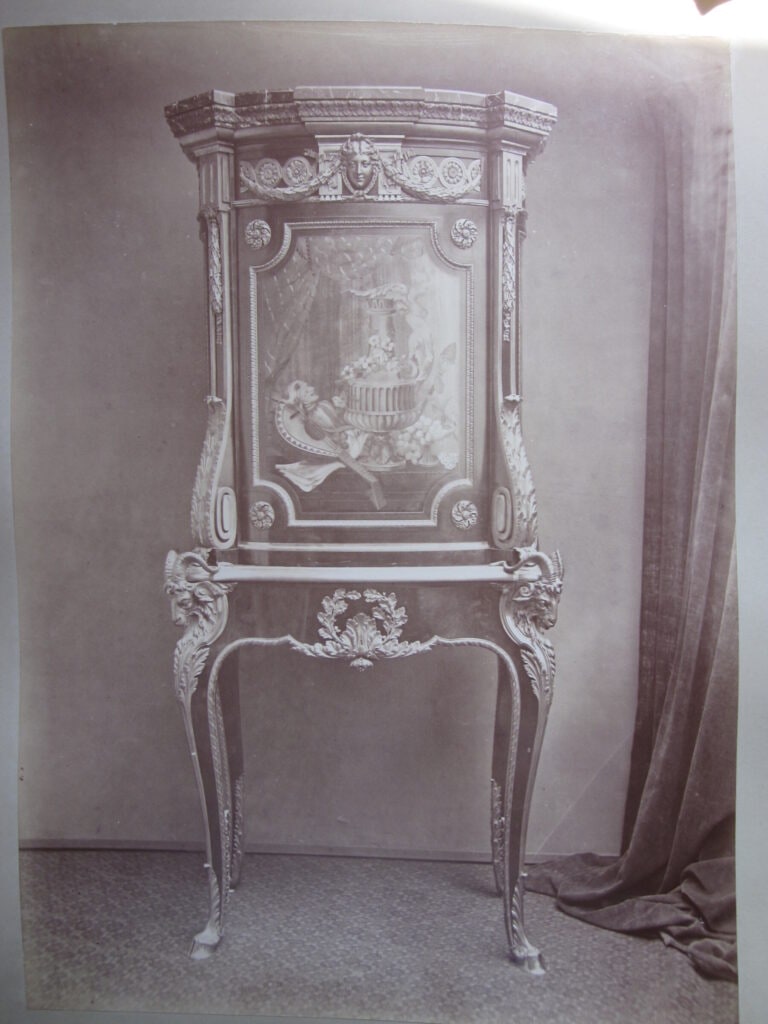
The cabinet recorded in the Beurdeley family archive. A.Beurdeley à Paris. Marquetry cabinet exhibited in 1878 (photographed credit: Tissier aîné, Paris © Camille Mestdagh).
This cabinet was part of Beurdeley’s gold medal winning stand at the Paris Exposition universelle of 1878. It is recorded by Falize Fils that Beurdeley himself designed this piece:
‘with ram’s heads’. Émile Bergerat described it ‘a piece of furniture with ram’s heads in the style of Delafosse […] I notice that Mr. Alfred Beurdeley is very moderate in the distribution of his bronze and his ciselure. The form never disappears under the ornament and the eye of the spectator is not tormented by superfluous garlands, bunches, and borders. The marquetry of the central amaranth wood panel is very harmonious in tone, it blends well into the whole, and its decorative motif seemed to me cheerful and spiritually imagined. The curved lines evoke the Louis XV style, but with Louis XVI style ornaments, all designed according to the imagination of the manufacturer, his personal vision of styles and not with the aim of imitation. You should know that Mr. Beurdeley does not copy old models as so many others do; but he creates in a given style’ (Bergerat Emile, « Art Industriel, L’ébénisterie », Les chefs d’œuvre d’art à l’Exposition Universelle, Paris, 1878).

Beurdeley’s design is inspired by the neoclassic ‘goût grec’ designs of the architect Jean Charles Delafosse (1734–1789). Compare elements of the ‘Tables et consoles dans le goût antique, published in Nouvelle iconologie historique, circa 1767/7.
To the scholar of furniture history, it is interesting that although this cabinet is inspired by the neoclassicism of the Louis XVI period, in the 1870s it would have been considered as something entirely new. It is uniquely of its time. Today’s connoisseur must admire its rarity, the beautiful proportions and matchless quality of the construction, evident in the marquetry, choice of timbers and stunning gilt-bronze mounts.
A variation of this model, decorated with Japanese lacquer and with minor differences to the gilt-bronze mounting, sold at Sotheby’s in 2007.

A variation of the same model by Beurdeley with Japanese lacquer. It sold from A Private Collection, Vol. II, Sotheby’s, New York, 19 April 2007, lot 129 (price realised $408,000).
Date
Circa 1878
Origin
France
Medium
Mahogany, Gilt-Bronze & Marble
Signature
Variously stamped 'A. BEURDELEY / A PARIS'. Incised 'BY' marks behind gilt-bronze mounts.

Emmanuel-Alfred (dit Alfred II) Beurdeley (1847-1919)
The Beurdeley family were a flourishing dynasty of three generations of fine quality cabinetmakers working from 1818 to 1895. The firm was particularly well known for its exceptional metalwork, most commonly basing their designs on important eighteenth century examples. Their mercurial gilding and hand chasing are often of such a high standard that it is difficult to distinguish them from late eighteenth century work.
The founder of the dynasty Jean Beurdeley (1772-1853) was a Burgundian craftsman conscripted into the Napoleonic army. After hostilities ended in 1815 he settled in Paris opening a shop for curiosités and working as a latter day marchand mercier. Initially based on the rue Saint-Honoré, in 1840 Beurdeley moved to the famous Hanover Pavilion situated on the corner of rue Louis-Legrand and boulevard des Italiens, and the business was run by his only surviving son, Louis-Auguste-Alfred (1808-1882). This successful business, which had numerous official commissions including in 1853 the marriage coffer for the Empress Eugénie, was continued by Louis’ son, Alfred-Emmanuel-Louis (1847-1919).
The business continued in its traditional style with very few variations until 1895. Alfred, along with the most famous artists of the period, took part in the 1878 Paris Exposition Universelle where he won the gold medal. Following on from this glory, he went on to open a shop in New York.
His participation in the 1883 Amsterdam Universal Exhibition drew even further attention to his work, and possibly as a result he was awarded the Ordre National de la Légion d’Honneur, France’s highest official mark of recognition.
The incredible quality of each generation’s work ranked the firm of Beurdeley as pre-eminent amongst Parisian makers of meubles de luxe.
Bibliography:
Ledoux – Lebard, Denise. Les Ébénistes du XIXe siècle, Les Editions de L’Amateur, (Paris), 1984; pp. 75-82.
Mestdagh, Camille & Lécoules, Pierre. L’Ameublement d’Art Français, 1850-1900, Les Editions de L’Amateur, (Paris), 2010; pp.262-276.
Meyer, Jonathan. Great Exhibitions – London, New York, Paris, Philadelphia, 1851-1900, Antique Collectors’ Club, (Woodbridge, UK), 1984 ; pps. 175, 247, 269, 270, 290, 298.
Exhibited at L’ Exposition Universelle, Paris, 1878.
This cabinet is illustrated in ‘Album Beurdeley’ reproduced in Mestdagh, Camille & Lécoules, Pierre. L’Ameublement d’Art Français, 1850-1900, Les Editions de L’Amateur, (Paris), 2010; p. 152.
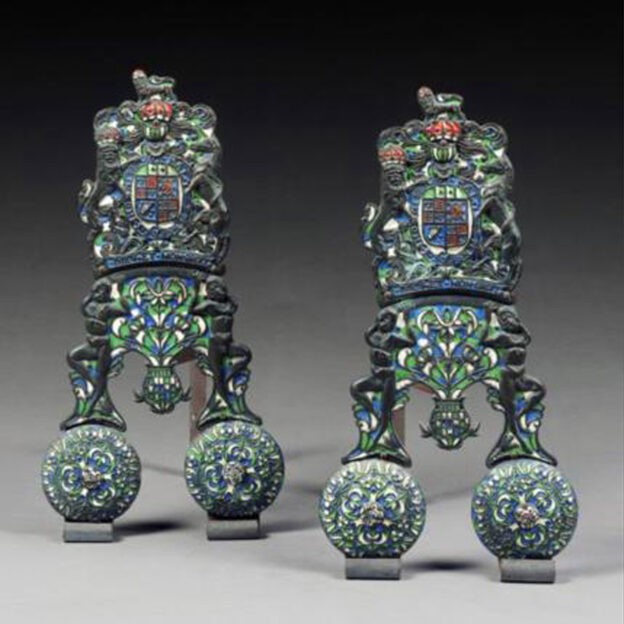










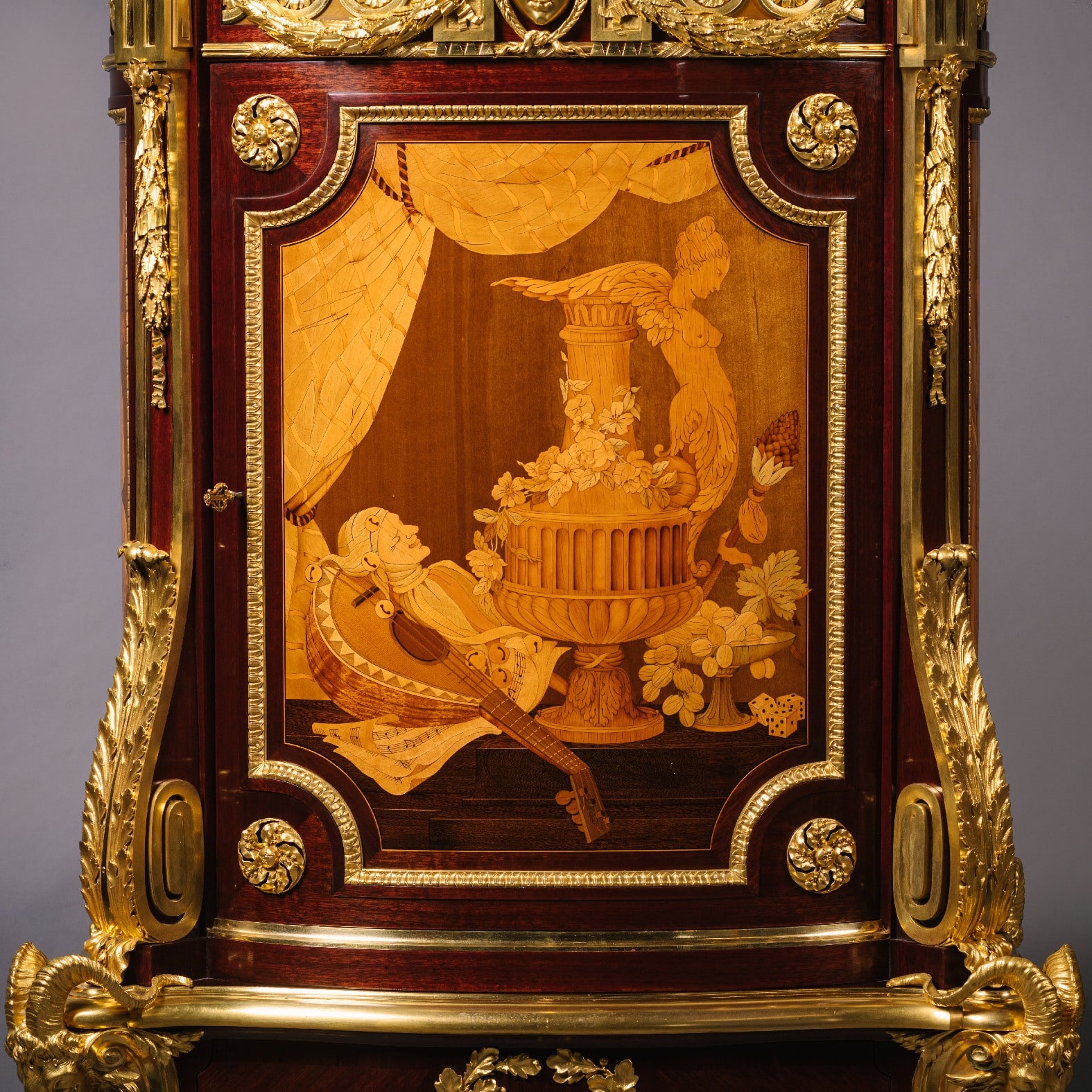
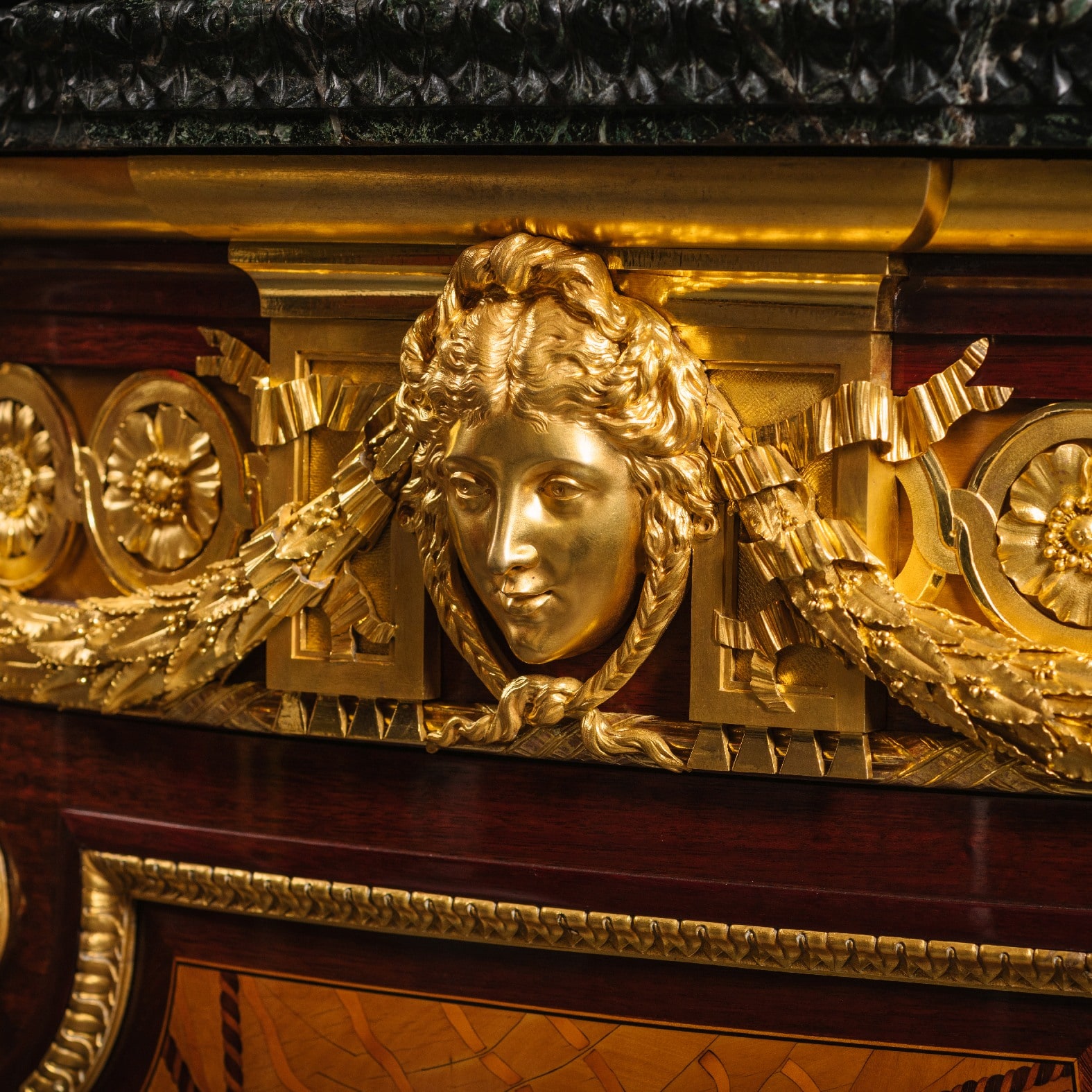





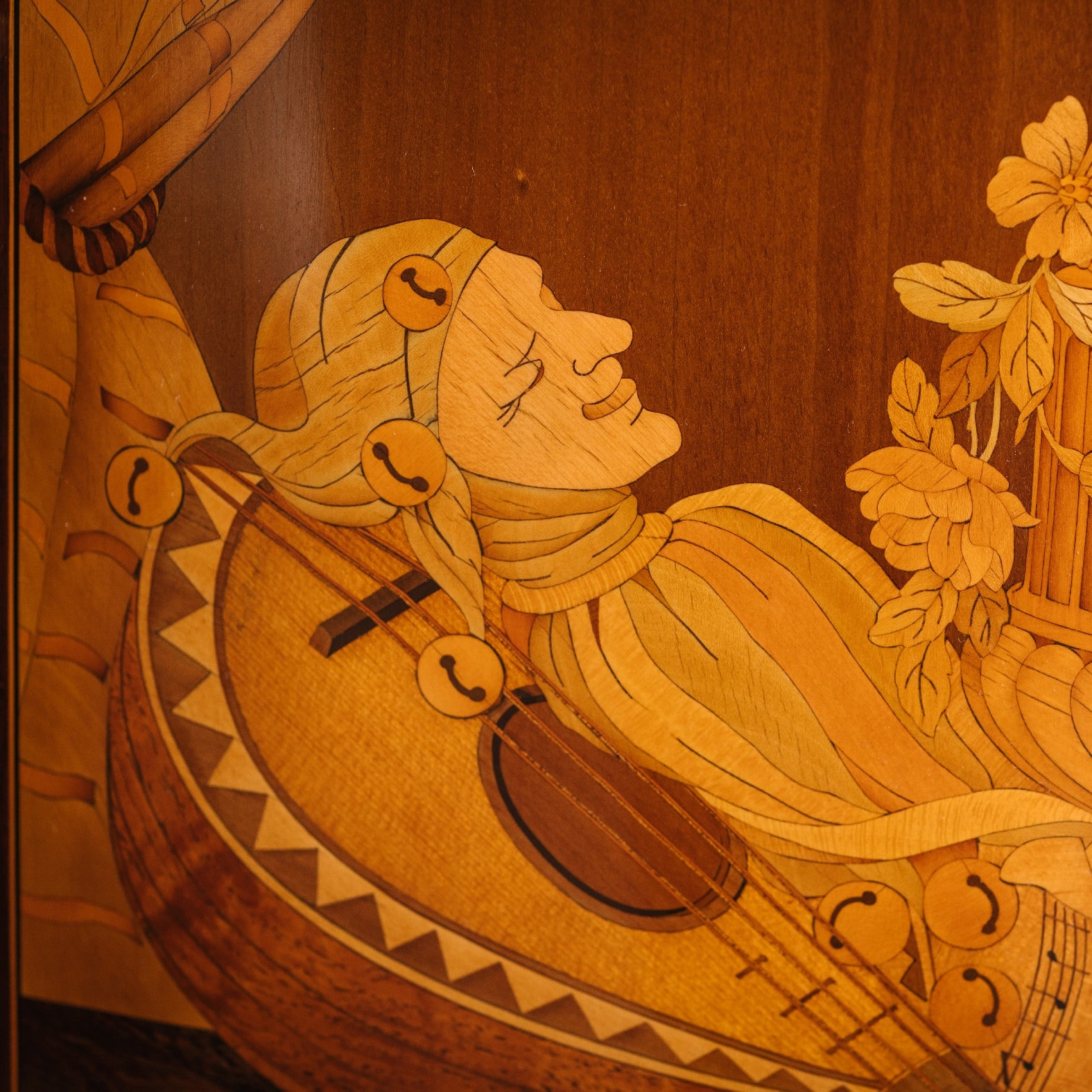
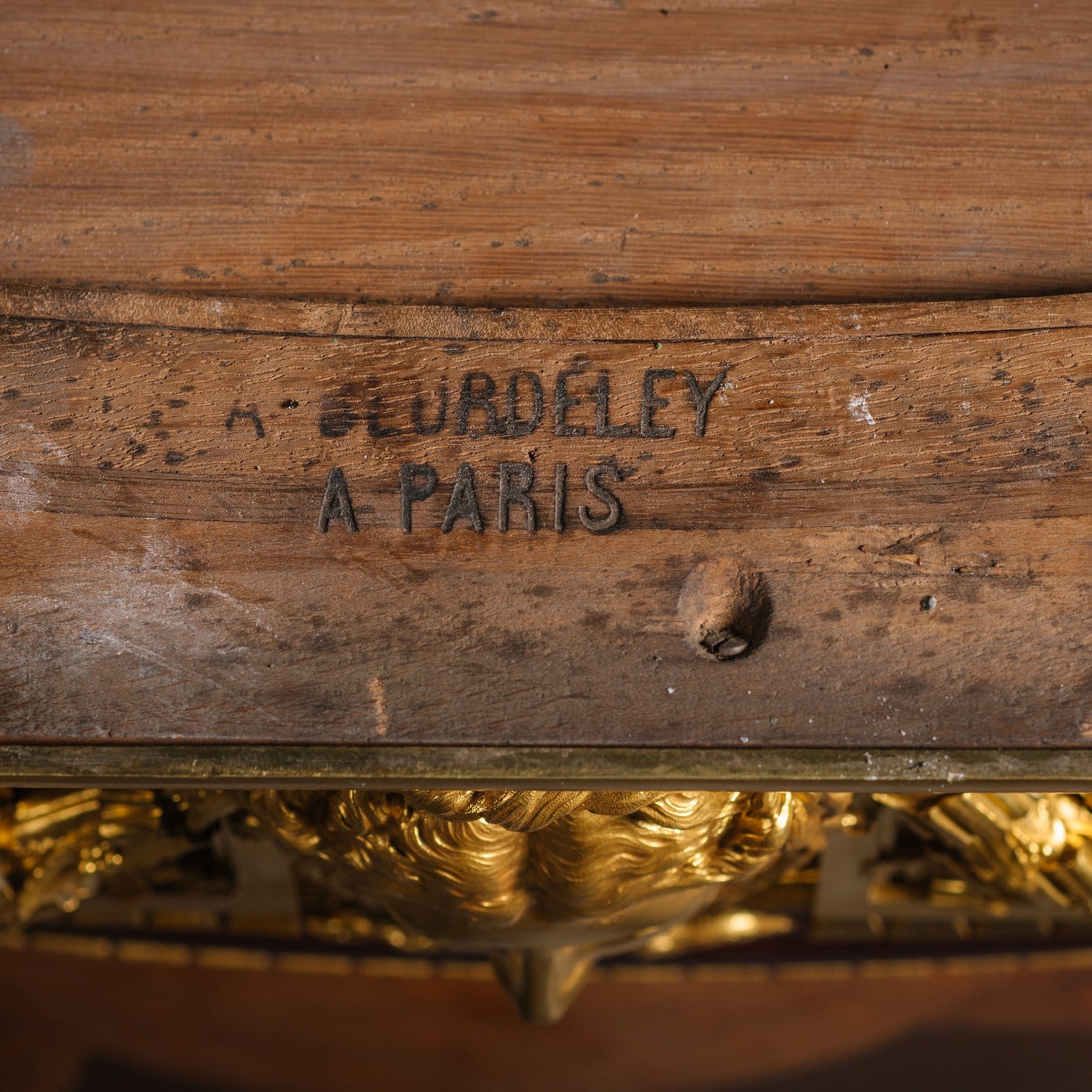

 Print
Print
